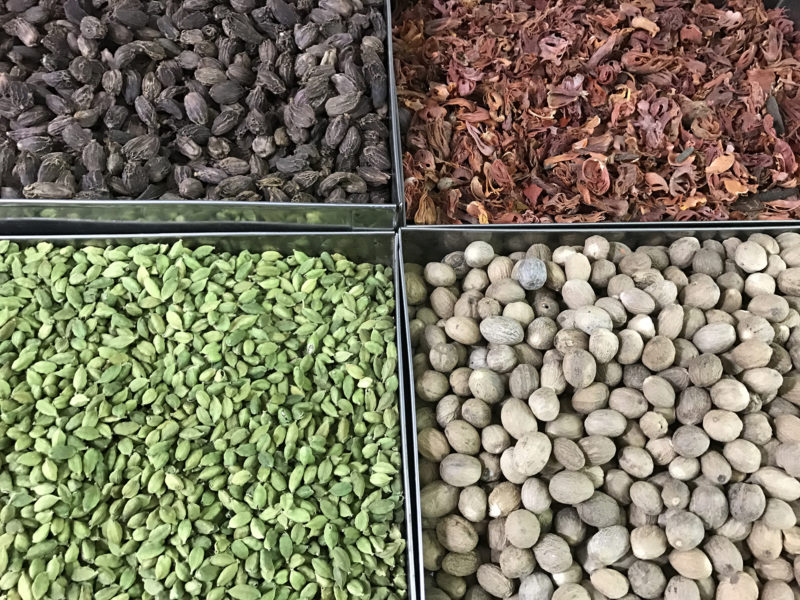Our Purpose
The Svalbard Global Seed Vault provides facilities for the safe deposit of seeds samples that have distinct genetic resources of importance to food security and sustainable agriculture. The Seed Vault offers storage for duplicates of all unique seed accessions conserved by national, regional and international gene banks, research institutes and NGOs.

Plant genetic resources are the raw material that scientists and plant breeders use in developing new or improved crop varieties that can support agriculture and future food production. Improved varieties are needed for growing more and better food, for making crops resistant to new pests and plant diseases, and for adapting to changing climates and growing conditions.
A safe backup
Gene banks collect and share – Svalbard Global Seed Vault provides a safe backup. For the last century, gene banks around the globe have gone to agricultural fields to collect the seeds, tubers and bulbs that represent the diversity of crops and their wild relatives. These genotypes are conserved as genetic material accessions in gene banks, but also made available to farmers, researchers and plant breeders. According to FAOs Second Report on the State of the World on Plant Genetic Resources for Food and Agriculture, more than 7.4 million seed samples have been conserved by gene banks, and 25 to 30 percent of these seeds are unique.
Each of these seeds may have something to offer – a trait that a plant breeder might need to improve the yield, resilience or disease resistance of the agricultural varieties that farmers plant. The world’s gene banks are the first line of resistance to the external problems that agriculture faces. The Svalbard Global Seed Vault provides that extra layer of protection in cases when gene banks are at risk of losing unique accessions due to technical failures, natural or human made catastrophes, human strife, or because they lack the resources needed to ensure proper storage.
A broad diversity avilable
Farmers’ seed-saving decisions have created today’s agricultural menu. The enormous array of agricultural crops available today can be traced back across the millennia, to the days when hunter- gatherers gave up their wandering ways and began saving crop seeds to plant from season to season. Since those days, each generation has added its mark through the seeds it saves. Individual farmers may save the seeds of a plant from their field because of its ability to withstand pests, to grow in tough climates or simply because it tastes good. Today, the global agricultural menu has hundreds of thousands of choices because of the past and ongoing seed-saving decisions and agricultural efforts of these world farmers.
1750 genebank collections registered
In the last century, researchers began collecting seeds from farmers’ fields and from the wild, not to plant but to conserve, to catalogue, to study – in order to facilitate their use as the raw material for breeding improved varieties. Today, some 1,750 gene banks in more than 100 countries house collections that contain more than 7.4 million seed samples. This is especially important considering that in the last century, with intensification of agricultural production and its focus on monocropping of market-friendly varieties, most of these varieties disappeared from farmers’ fields and markets, and now exist only as seeds in gene bank collections.
